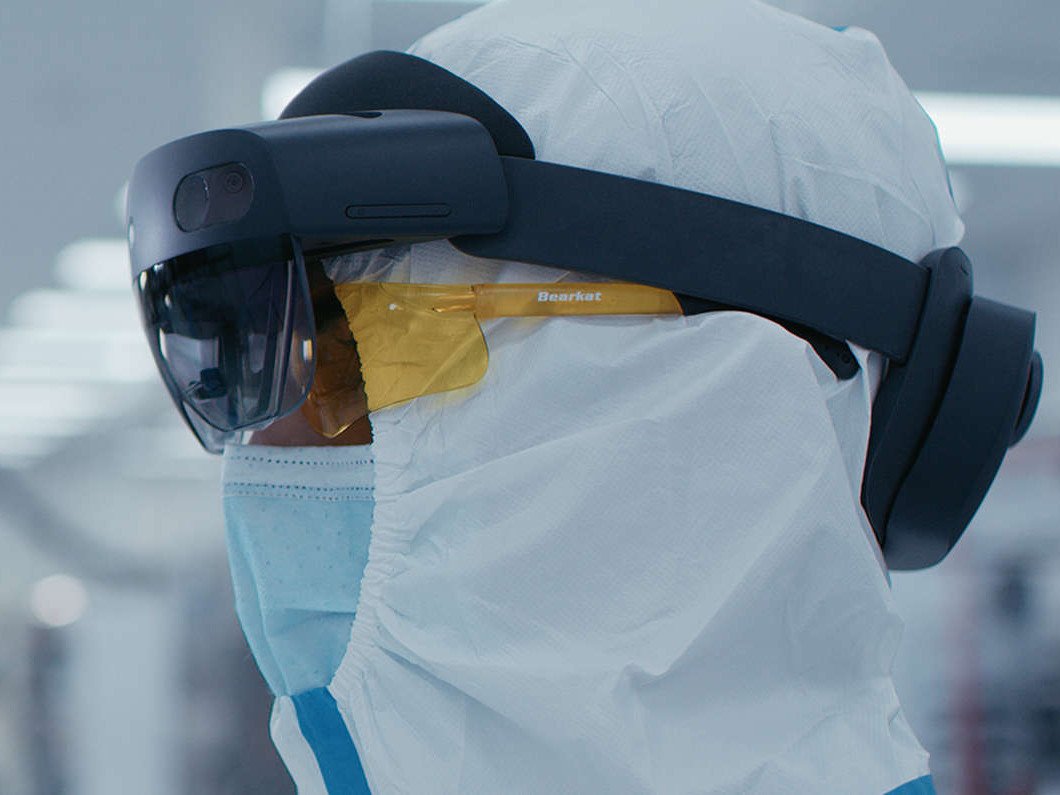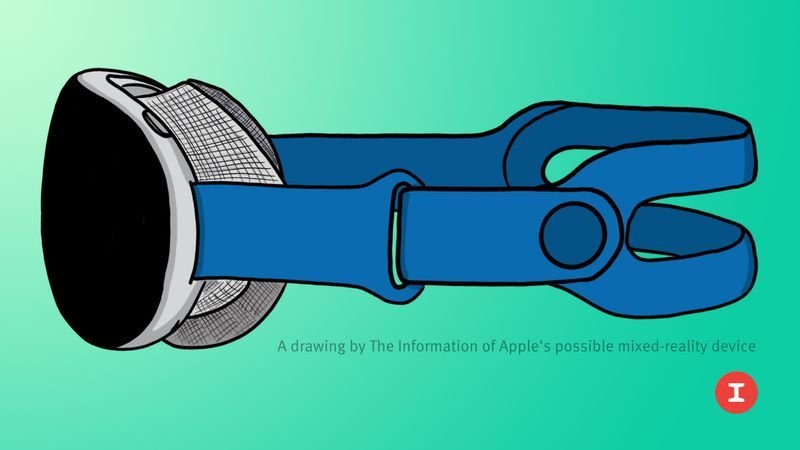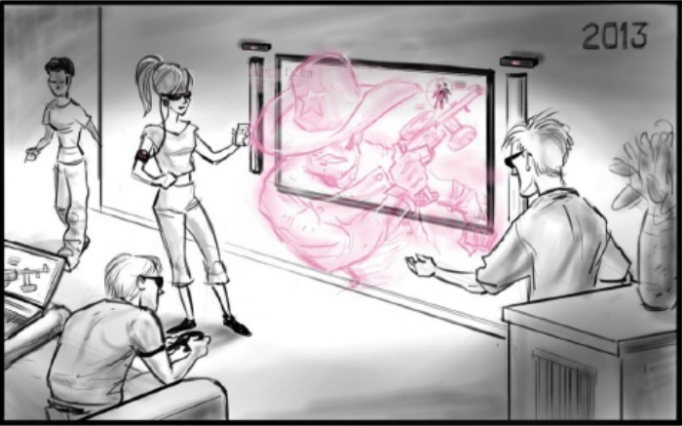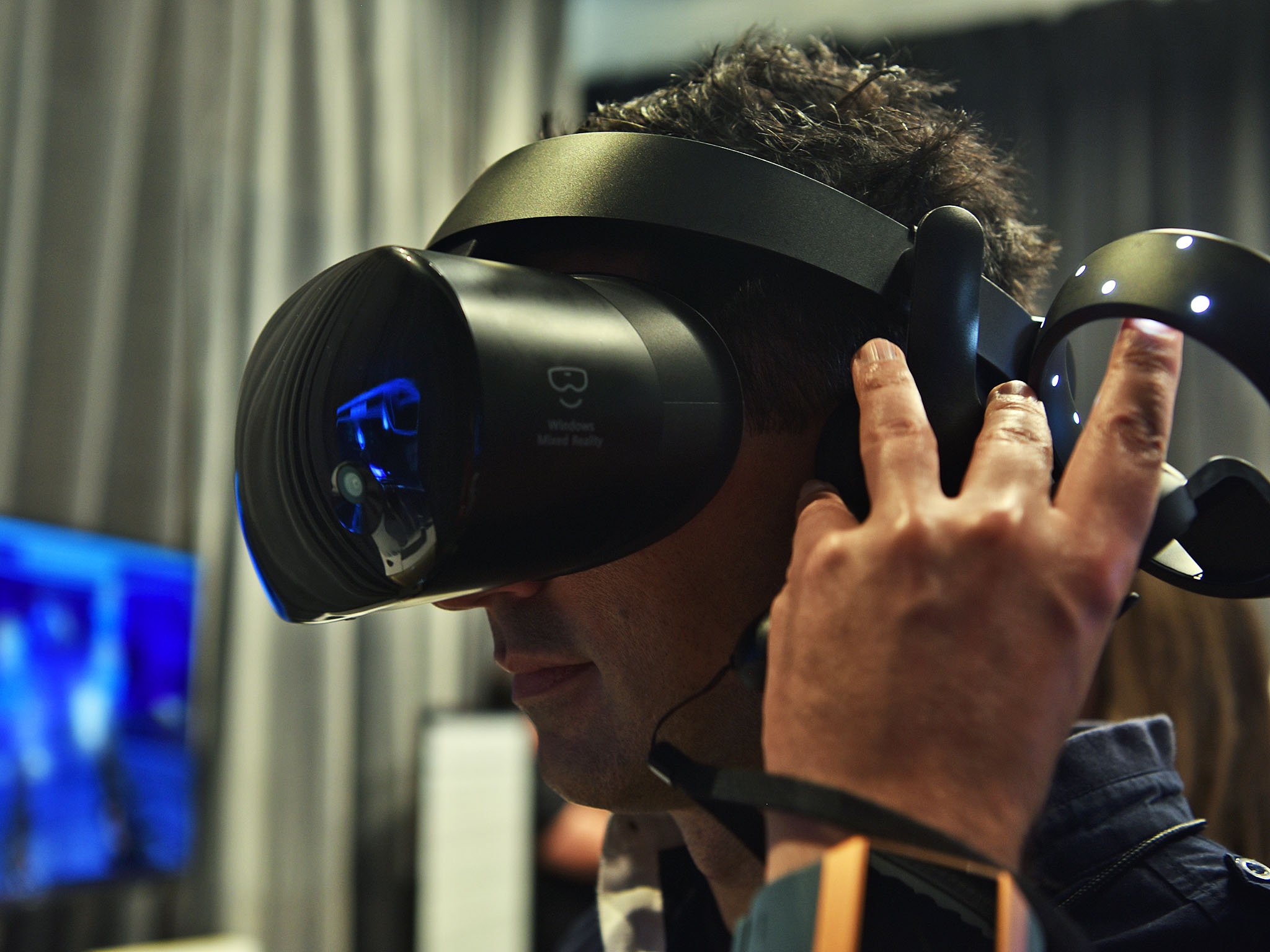The problem for a consumer HoloLens was always the lack of Windows Phone
Without its own mobile OS, Microsoft will be forced to use Android for mixed reality to have a stake in the next generation of computing.


Over the last few days, a lot of info about Microsoft's plans around mixed reality and, specifically, HoloLens has come out due to reporting of Business Insider. The biggest news is that HoloLens 3 is reportedly canceled, and Microsoft is teaming up with Samsung for a consumer push into mixed reality.
Microsoft spokesperson Frank Shaw told BI, "Microsoft HoloLens remains a critical part of our plans for emerging categories like mixed reality and the metaverse," and that Microsoft remains "committed to HoloLens and future HoloLens development." Doubts remain.
But the issue around Microsoft's plans for a consumer-based mixed reality device always falls back to one thing: The failure of Windows Phone. Let's talk about why HoloLens would never make sense for consumers and how Android, sadly, could be Microsoft's best bet. And what are the chances of a cloud-based Windows wearable PC?
HoloLens is too much for consumers (in all the wrong ways)
HoloLens 1 and 2, priced over $3,000, has always been cost-prohibitive for consumers. There was always hope that the cost would come down as the tech improved, and that hasn't happened.
But it's more than just the dollar amount that matters. HoloLens is remarkable because it's a fully functional, self-contained Windows PC. Indeed, you can connect Bluetooth peripherals like a mouse and keyboard up to it because it is just a Windows PC that you wear on your head. Apple's rumored $2,000 MR/VR headset, which may debut later this year, reportedly has a similar architecture but runs "rOS" (reality OS), so the idea had merit.
But both devices aren't proper augmented-reality (AR) glasses that people would wear all day in the same way Google envisioned Google Glass all those years ago. They're both big, too bulky, and too expensive.
However, everyone already carries around a pocketable computer: The smartphone. It makes little sense to have two computers (one on your head, one in your pocket), as it drives up costs and the headset's size.
All the latest news, reviews, and guides for Windows and Xbox diehards.
Microsoft is aware of this challenge. Back in 2013, we reported on "Project Fortaleza," which were described as "augmented gaming glasses" that relied on a semi-transparent OLED display. According to BI, it even had a "puck you wear on your belt," which would have powered it. Fortaleza was indefinitely put on hold sometime in the next year, reportedly due to patent restrictions.
Apple's long-rumored AR Glasses (not to be confused with its rumored MR/VR headset) also reportedly work similarly, but with an iPhone instead. The iPhone is where Apple's investment into its own silicon makes sense, as the M1 series of chips are powerful enough to handle all the processing. It's also easy to imagine Apple would leverage its wrist-born computer, the Apple Watch, as an in-between device for your phone and glasses, perhaps even as an input device. But Apple Glasses are not expected to launch until 2024 or even 2025, according to Apple analyst Ming-Chi Kuo.
Of course, this leads us to Microsoft's core problem: It has no phone OS. Once the company put the ax into Windows 10 Mobile, it lost total control of any future "Microsoft Glasses" where the phone acts as its brains. It could try to shrink HoloLens down until they are just regular-looking glasses, but that seems implausible for the next decade, at least.
Enter Android and Samsung ...
Samsung needs a win against Apple
One of the more interesting bits to come out of BI's most recent report was more details about the Microsoft-Samsung partnership. Referencing the canceled HoloLens 3 (Project Calypso):
Microsoft canceled the project in order to put engineering resources behind other projects including a device built in partnership with Samsung, called "Project Bondi," named after a beach in Sydney, Australia. That device is intended essentially as a set of screens in a headset with a Samsung phone in your pocket operating as a computer. Apple's long-rumored virtual reality headset is expected to operate much the same way.
This new headset "would likely use Android," and that "canceling of Calypso moves Microsoft away from Windows as the core of what could be its next big push into augmented reality."
What does Microsoft even get out of this Samsung mixed-reality partnership?
This collaboration is a big deal and likely a more significant win for Samsung than Microsoft. While many of the particulars around the headset are still unknown, this partnership should result in Samsung having a viable competitor against Apple Glasses, perhaps even launching earlier. Previous reporting noted that the Samsung partnership is set to wrap in 2023 with an unveiling in 2024.
What's unclear is what Microsoft gets out of this venture. While Samsung is undoubtedly leveraging Microsoft's AR experience from HoloLens, sensors, and more, it doesn't seem this would be some future Microsoft "AR OS" platform that other OEMs could adopt. It now appears that much of the Windows software built around Microsoft mixed reality over the previous seven years is for nothing. It's not even evident if Microsoft's own Surface Duo line of phones would be a part of this AR effort.
Once this is all understood, it's a bit clearer why there is alleged dissent amongst the ranks of Microsoft employees. According to BI, all the people working on HoloLens 3 (Calypso) have been reassigned to other work within Microsoft or left the company. But besides the experience and knowledge gained, Microsoft, in the end, evidently does not have a viable consumer or even enterprise-level solution for the market.
That's devastating, and signifies a meandering strategy.
While the move to Android for Microsoft mixed reality may be the best long-term bet, Redmond went from having HoloLens where it controlled the hardware and software to whatever it is doing with Samsung, where it may not control either.
Microsoft's future "edge" cloud-based AR headset?

If there is one thing Microsoft loves these days, it's the cloud, so it makes sense the company would consider a wearable edge device where all the computing is handled offsite. Streaming Windows already happened in 2021, and game streaming is already live for consumers, so why not adopt the same model for mixed reality?
Could a cloud-based MR headset be a future Windows PC?
While there is nothing concrete yet in development, Microsoft is purportedly considering such a device, according to a source at Business Insider. The source, however, acknowledges that the "device is in early planning and may still change significantly."
It's unclear whether such a headset would be enterprise-only or if Microsoft would consider it for the consumer market. But going on what's past is prologue, an edge-based wearable seems unquestionably enterprise-first. After all, while intriguing and efficient, such a setup would have little to no relation to one's smartphone, including apps, making it an entirely different experience. Sure, it could likely handle some intense processing and maybe be positioned towards gaming, but it appears unlikely as a consumer-focused competitor to Apple or, ironically, Samsung.
But one intriguing use-case is if these headsets could be your future PC.
Lenovo's ThinkReality A3 glasses already go down this route by creating holographic virtual Windows displays, but it relies on a powerful laptop to power it all (including a beefy GPU). What if you substitute the PC hardware for the cloud, and you could use the glasses for your screen? Toss in a Bluetooth mouse and keyboard, and you could have yourself a very mobile Windows computer with all the power of a cloud-based server.
There's no reason Microsoft couldn't adopt this strategy to bring Windows OS into the future, but this assumes the project ever gets beyond the planning stages.
Microsoft mixed reality: So many questions
There is one takeaway from all this reporting from Business Insider: Microsoft's roadmap for mixed reality is very unclear now, with many questions being raised, such as:
- If there is no HoloLens 3, what happens to current devices, customers, software, support, and sales? Does Microsoft leave them in the lurch?
- What happens to Windows Mixed Reality built into Windows 10 and 11? / Are there no plans for bringing the OS into the future?
- What does Microsoft get out of the Samsung deal? Can Microsoft use the device with its Surface phones?
- Is Microsoft handling the Android software AR for Samsung? If so, who owns that: Samsung or Microsoft?
- How does this all affect Microsoft's vision for the metaverse, including Mesh for Teams, gaming, and more?
- Does Microsoft plan to let Xbox, Surface, and mixed reality teams collaborate on a product? If not, why?
For all these reasons, Microsoft should consider defining what is happening behind the scenes for its mixed reality plans in the coming year. Existing HoloLens customers will want to know if the product is a dead end, and investors will want to know how Microsoft intends to address this forthcoming generational shift in computing.
As of now, Microsoft's push into mixed reality appears chaotic and disordered. That may not be the case, and maybe BI has the wrong information. If that is accurate, Microsoft needs to correct the record and hint at what it sees as the future of Windows and mixed reality.

Daniel Rubino is the Editor-in-chief of Windows Central. He is also the head reviewer, podcast co-host, and analyst. He has been covering Microsoft since 2007 when this site was called WMExperts (and later Windows Phone Central). His interests include Windows, laptops, next-gen computing, and wearable tech. He has reviewed laptops for over 10 years and is particularly fond of 2-in-1 convertibles, Arm64 processors, new form factors, and thin-and-light PCs. Before all this tech stuff, he worked on a Ph.D. in linguistics, performed polysomnographs in NYC, and was a motion-picture operator for 17 years.



